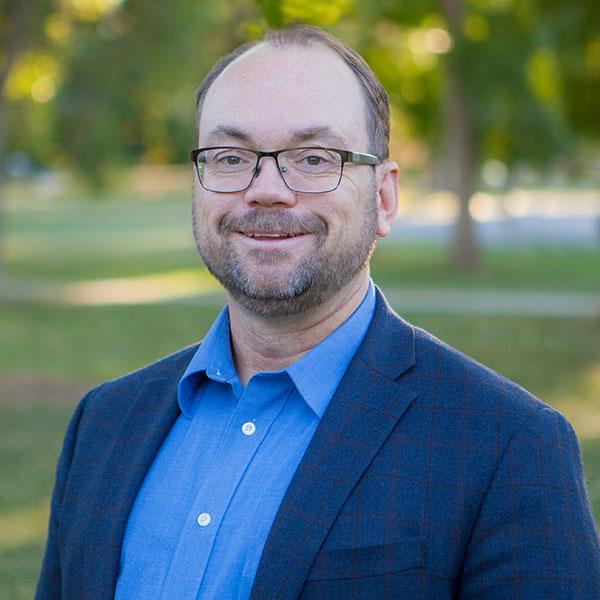Healthy Kids Survey Shows Troubling News About Transgender Students
A third of Colorado’s transgender high school students have been threatened or harmed with a weapon on school grounds in the past year, and nearly half have contemplated suicide in the past year.
That’s according to the Healthy Kids Colorado Survey (HKCS) 2015, which was released to the public today.
The survey offers a window into the lives of Colorado’s young people, and it presents alarming findings about the challenges faced by lesbian, gay, bisexual and — especially — transgender students.
The survey also shows the widespread popularity of e-cigarettes or “vaping,” even as cigarette use among young people has dropped to an all-time low.
And it shows no significant change in marijuana use since 2013 — a sign that public policy goals of keeping legal marijuana out of the hands of young people are being met.
For LGBT students, the survey paints a picture of challenging lives that yield risk and anxiety.
- One of 10 lesbian or gay students missed school because they didn’t feel safe, and one of three transgender students said the same. Just 4.1 percent of heterosexual students missed school for safety concerns
- LGBT students also are more likely than heterosexuals to use all types of drugs and alcohol. More than half report feeling sad or hopeless every day for two weeks. And one of four lesbian, gay or bisexual high schoolers — and one of three transgender high schoolers — attempted suicide in the past year (compared with 5.6 percent of heterosexual students).
Of the students surveyed, 2.2 percent identified as transgender, 2.2 percent as lesbian or gay and 7.2 percent as bisexual.
Two other headlines from the survey:
- Electronic smoking devices are the new frontier in tobacco. While the rate of smoking among high schoolers is down to a new low of nine percent, a quarter of all high schoolers use electronic vapor products. In 2013, just 15 percent of high schoolers said they had ever tried e-cigarettes.
- Marijuana use among high schoolers is holding steady. Just one of five students (21 percent) say they use marijuana. That’s almost unchanged from 2013 (20 percent). Asian high schoolers are least likely to use currently while Hispanic and multiracial high schoolers use at higher rates. Fewer students see regular use as risky (48 percent in 2015, compared with 54 percent in 2013), but this reduced perception of risk doesn’t appear to translate into more use.
The Colorado Department of Public Health and Environment (CDPHE) runs the survey on behalf of the state departments of Education and Human Services. It began in 2013 and is taken every two years.
It has proved controversial to critics who say it deals with topics best left to parents. The state Board of Education last year considered trying to block CDPHE from administering the survey in public schools.
Individual students, schools or entire districts can opt out. The 2015 survey lacks data from four of the largest counties — El Paso, Jefferson, Weld and Douglas — because the school districts did not participate.
Still, the HKCS produced a rich set of data. More than 17,000 students randomly selected from 157 schools participated. CDPHE has posted reports, infographics and links to the 2013 and 2015 surveys on its website: www.colorado.gov/cdphe/hkcs/reports.
The Colorado Health Institute will be delving into these topics and more in the coming weeks with a series of interactive dashboards. We will explore changes since 2013, geographic differences and policy implications. Follow us on Twitter, Facebook and Instagram to be the first to know when these are available.
Director of Community Health Policy Sara Schmitt contributed to this post.

